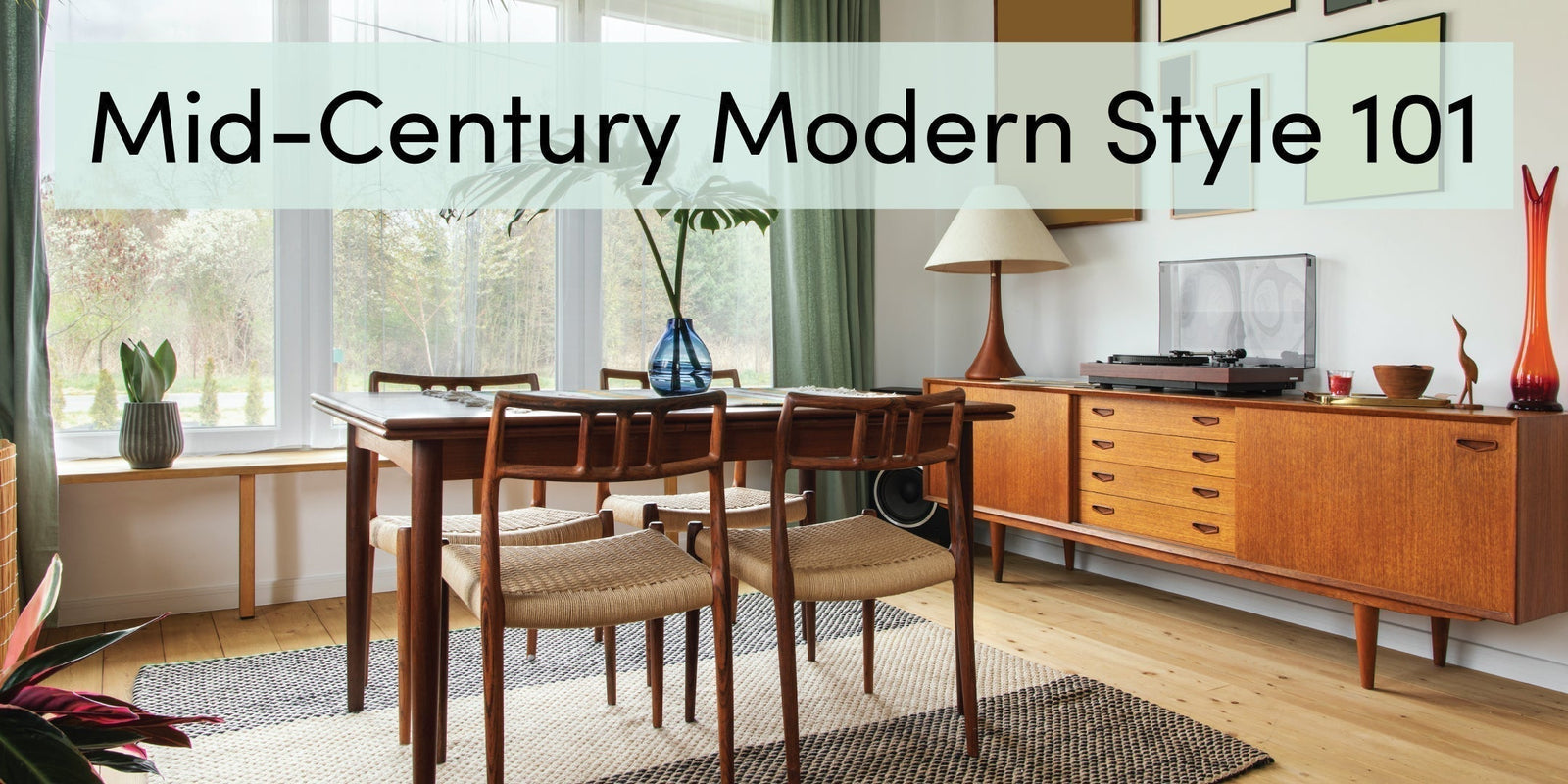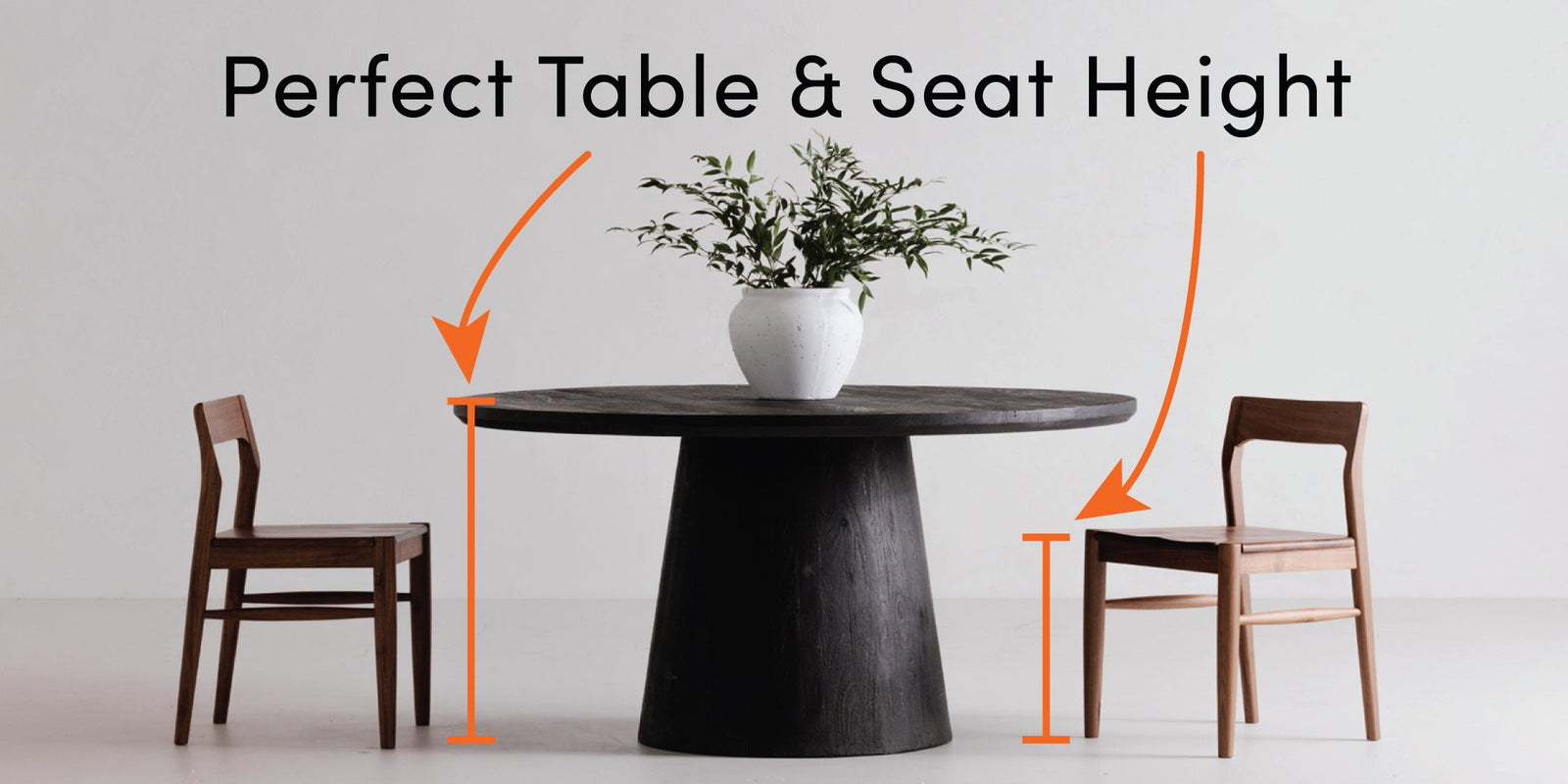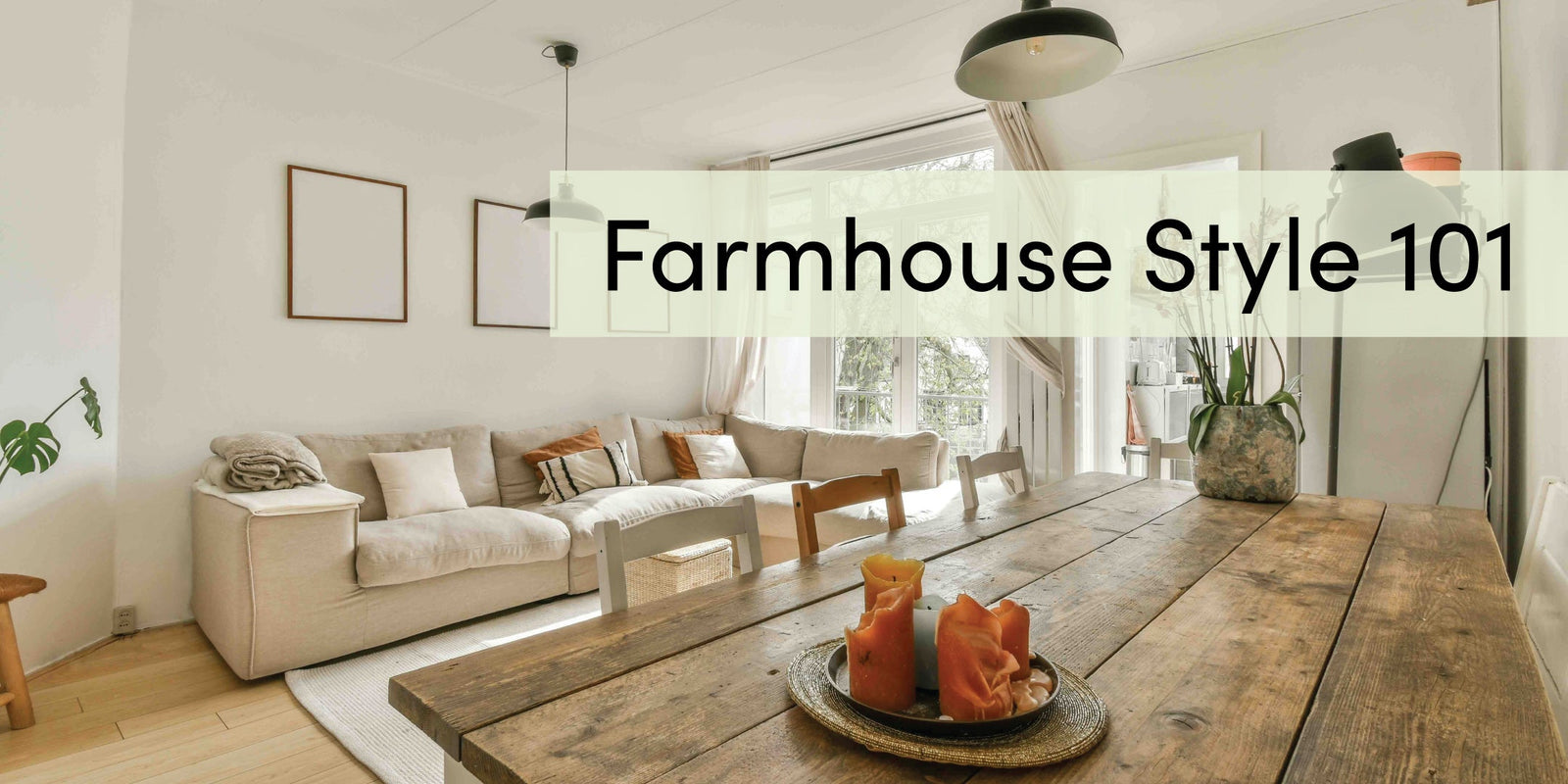Menu
-
-
Furniture
-
Rugs
-
Decor
-
Lighting
-
Outdoor
-
Ideas
-
- Mid-Century Modern
- Scandinavian
- Coastal
- Industrial
- Farmhouse
- Bohemian
- Rustic
- Login

Furniture
Rugs
Decor
Lighting
Outdoor
Ideas
Top 10 Industrial Home Decor Ideas & Styling Guide
by Kimberly Que Last Updated: March 14, 2025 October 24, 2019 6 min read
Mature, strong, and confident, industrial home decor is a highly popular style of interior design in recent times. It can be expressed in a range of ways, from modern to chic and everything in between. In this how-to guide, we will show you the latest tip and tricks used by professional interior designers to furnish an industrial themed home in a quick and easy-to-understand layout.
If you want to jump straight into shopping products, check out our collection of industrial furniture here to easily pick out matching pieces to achieve this style.
What is Industrial Style Decor?
Drawing inspiration from urban warehouses and steampunk-era aesthetics, industrial decor is a style of interior design that is popular for its heavy reliance on exposed bricks, unfinished steel bindings, and aged wood pieces. The neutral tones and heavy elements of this style lends itself to a more rugged, masculine vibe. However, with some creative tips provided in this blog post, you will be able to adapt the standard industrial decor formula to add a bit of softness.
1. Raw wood, concrete, steel, and leather

The 4 major materials of industrial furniture construction: raw wood, concrete, steel, and leather. These four materials provide a worn and torn look that can recreate the feel of an old Brooklyn warehouse repurposed for a modern loft.
The wood should be rustic in style without smooth finishing - it should look very simple and textured. Concrete furniture is becoming very popular and gives off a cool but rugged vibe. The steel used in industrial-style furniture can come in a variety of styles, including galvanized, wrought, distressed, and brushed. So long as the steel looks rough and has some mechanical details, it should work. Finally, the leather can be distressed and worn or smooth with a sleek finish.
2. Pick 3 pieces of industrial furniture per room
For an industrial chic space that is ready for a magazine shoot, make sure to pick out 3 pieces of furniture that follows this style. Potentially a maximum of 4 in the living room.
 |
 |
The reason I recommend 3 pieces per room is because industrial-themed furniture are often very visually heavy. Furnishing an entire room with this type of furniture can make the space feel heavy and lacking in warmth. The chosen industrial furniture should be anchor pieces for your room, such as a sofa, coffee table, bed, or dining table.
For the other complementary pieces of furniture, consider designs that are more minimalist and elegant. This can balance out the masculine aesthetic of the larger, more prominent furniture that you have selected and make your home look more creative and modern.

|
 |
3. Space out your furniture a lot
Warehouse and factories are large, cavernous, and spacious. If you want an industrial style home that is ready for a magazine feature, make sure you leave a ton of distance between different furniture pieces. The major furniture pieces should be large and attractive, so it's even more important to space them out.

I want to emphasize that spacing out furniture pieces is a common tip for any interior design style. However, it's arguably the most important for industrial modern decor in order to accentuate the expansive loft-like allure of this style.
4. Don't hide all of the construction details

Part of the allure of industrial style design is its rawness. If you have the chance to be involved in the architectural planning of your home, try to tastefully expose the pipes, beams, and vents. If you have cement or brick walls that can be seen from the interior, avoid covering them up with dry walls and instead just apply a nice finish to them.

The advantage of exposing these architectural features is that they immediately effuse a industrial theme to your home, allowing you to be more flexible when picking out furniture and decorative accessories. You can pick less industrial style furniture and pick pieces of other styles of designs - your architectural features will carry your overall industrial theme.

If your home lacks any feature that can be used in an industrial style setting, than you can add them yourself. For example, you can artificially add a thin layer of bricks to your walls. You can also add large blocks of faux aged wood beams to your ceilings.
5. Neutral palette color base

The majority of your room should be shades of the following neutral palette colors: beige, gray, black, brown, and white. If you follow this this guide, you will naturally arrive at these color by nature of the materials used (leather, wood, concrete, etc.).

Just because the majority of the decor uses neutral palette does not mean that you can't make things stand out through patterns and textures. For example, you can use classical antique plaster trims around the edge of your ceilings.
Many sources for industrial home decor ideas and examples will advise you to pick out furniture and decor with neutral colors. Although this is correct, I want to emphasize that tunneling exclusively on these colors will make your home appear very generic. For the rest of this guide, I will focus on how to creatively add colors to your home so that your industrial chic home will stand out from the rest!
6. Add plants to add some life and accent colors
To avoid the staleness of neutral colors and provide your home with more character, I suggest that you focus your creative mindset on adding non-neutral colors. Most of your furniture and even your floors, ceilings, and walls will likely already be a neutral color. The challenge is to pick colors that can pop while staying true to the overall industrial style theme.
 |
 |
A easy way to do this is by adding plants. Green pairs really well with the neutral base and also makes your room feel more refreshing. In particular, I am a big fan of cactus and succulents that remind of Mexico and Southwestern America. Also consider plants with pink flower pedals as they will soften the otherwise rugged feel of your industrial decor.
 |
 |
7. Black or white ceiling lamp with Edison bulbs
Edison bulbs are a must in industrial home decor for its vintage appeal. If you're opting for a pendant over a chandelier, you can consider a series of hanging wired pendant lamps with wired cage lamp shade.
 |
 |
Given the distressed and heavy look of industrial-style furniture, it's often wise to pick a modern, sleek ceiling lamp. The refined silhouette of the lamp will pop out, and, so long as it is either white or black, it will not conflict with the rest of your interior design.

Be warned that Edison bulbs are very sharp and bright on the eyes, so the lighting should be far away or above normal eyesight. For example, do not place them near TVs or too low above a dining table.
8. Pick modern canvas art with colors that pop
When it comes to decorating walls for an industrial modern home, I suggest not restricting yourself at all and be imaginative. I believe that the best canvas art will have styles that contradicts the strong and rustic essence of industrial style furniture and materials.
 |
 |
Choose canvas art that is abstract, contemporary, and/or therapeutic. They can be paintings or photographs. The color of the art should provide visual interest that is distinct in a room full of neutrals, so consider highlights such as blue, yellow, and green.
 |
 |
Ideally, the art piece is printed on an oversized canvas so that it stands out and can complement the spacious layout of your furniture (per tip #3) and the naturally large sizes of common industrial furniture pieces (such as Chesterfield sofas).
 |
 |
Do NOT get the farmhouse-style metal wall decors that you often see as part of industrial decor examples. This is exactly what makes your home look generic, unimaginative, and a rip-off of a store catalog. Remember, we want your decorative wall piece to stand out in an unconventional yet elegant way that turns heads.
9. Don't get too flashy with area rugs
For certain interior design styles, your rug should be a key piece that stands out. Not necessarily so for industrial decor.
 |
 |
Whether you're shopping for an area rug for the living room or bedroom, the rug should focus on tying the furniture together in a nuanced way. Don't pick a rug featuring vibrant colors or overly flamboyant patterns. This doesn't mean you can't choose non-neutral colored rugs - it just means that the color you pick is best desaturated.
 |
 |
 |
You can opt for a solid color (it can include slight gradients or distressed/faded markings), Oriental, or Southwestern rug. In the living room, these rugs will easily tie together sofas, coffee tables, and lounge chairs. Their texture and ethnic patterns will offer a classic, antiqued look in a beautifully understated way.
10. Install steel window frames
When you think of large warehouses and factories, you think of the oversized, floor-to-ceiling steel window frames. Due the superior strength of the material over wood, the glass panes are kept in place by thinner, narrower grids of steel. This opens up more visual space, allowing more natural light to flow in and imparting a modern aesthetic.
Even if you can't install an edge-to-edge steel window frame, even a smaller one that replaces your current ones can do wonders for your industrial home decor.
 |
 |
Leave a comment
Comments will be approved before showing up.

Coffee Table Height & Size Selection Guide
Discover the ideal coffee table height, width, and depth for your living room or lounge area. Learn about the standard coffee table dimensions, measuring rules relative to couches and other nearby furniture, and proper fit based on spacing and room layout.

Mid-century Modern Interior Design 101: Decor Ideas & Design Tips
Discover the essentials of mid-century modern interior design. We cover its defining features, iconic furniture pieces, suitable art and decor, color palettes, and much more. Get simple decorating tips and architectural guidelines to get the perfect MCM look.

Dining Table Height, Bar Height, and Counter Height Guide
Identify the ideal height ranges for dining tables, bar tables, and counter tables, along with the proper seat heights for the chairs and stools to pair with them. Learn to choose a slightly lower or taller table based on use cases, family members, armrests, and more.

Farmhouse Interior Design Guide: Decor Ideas & Design Tips
Learn how to create a rustic and welcoming space with the timeless charm of farmhouse interior design. Learn the key characteristics, popular farmhouse style variations, furniture selection, proper color palette, and other farmhouse decorating tips.
Join Our Newsletter
for interior design tips, exclusive sales, and new product releases
























